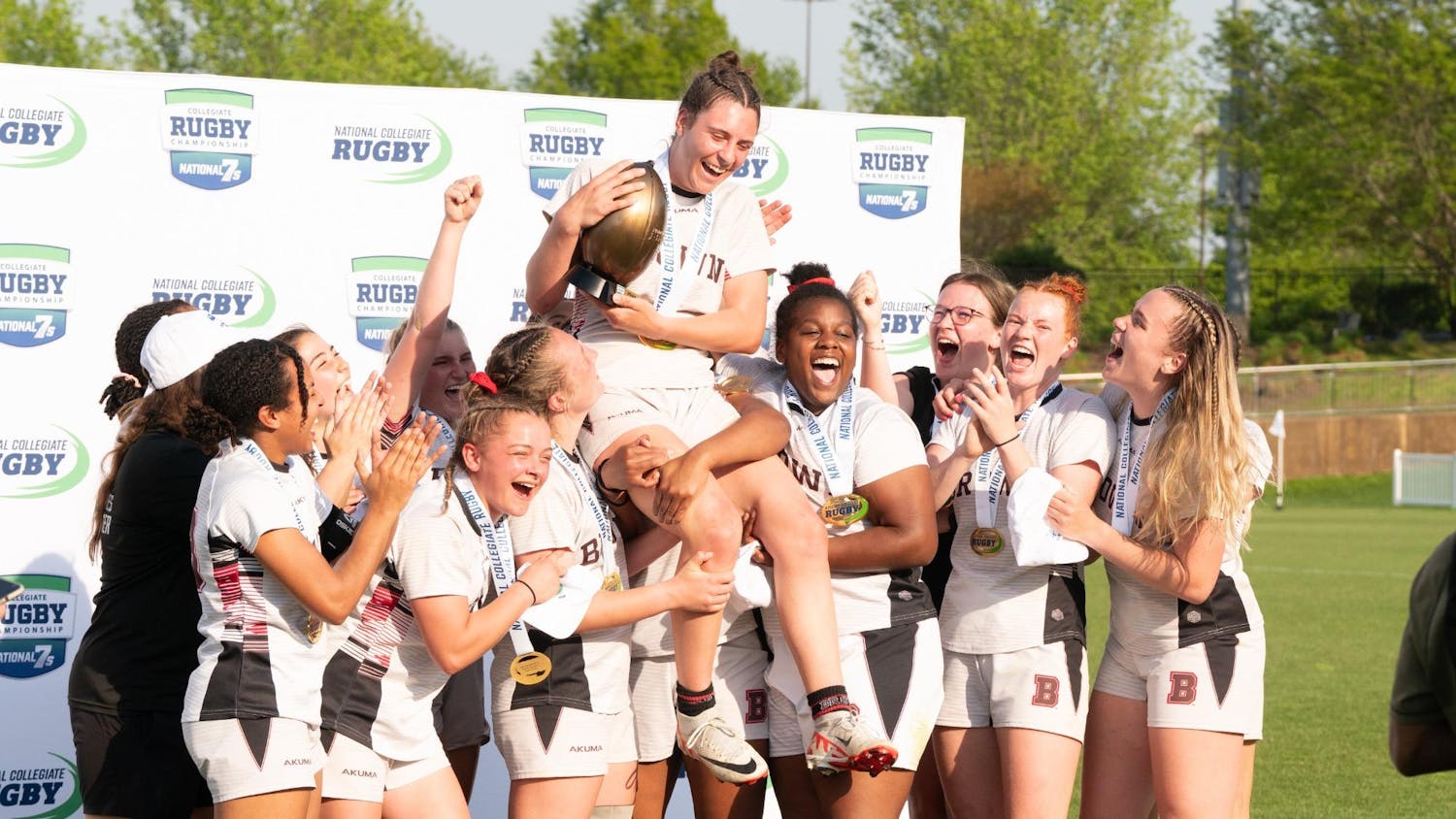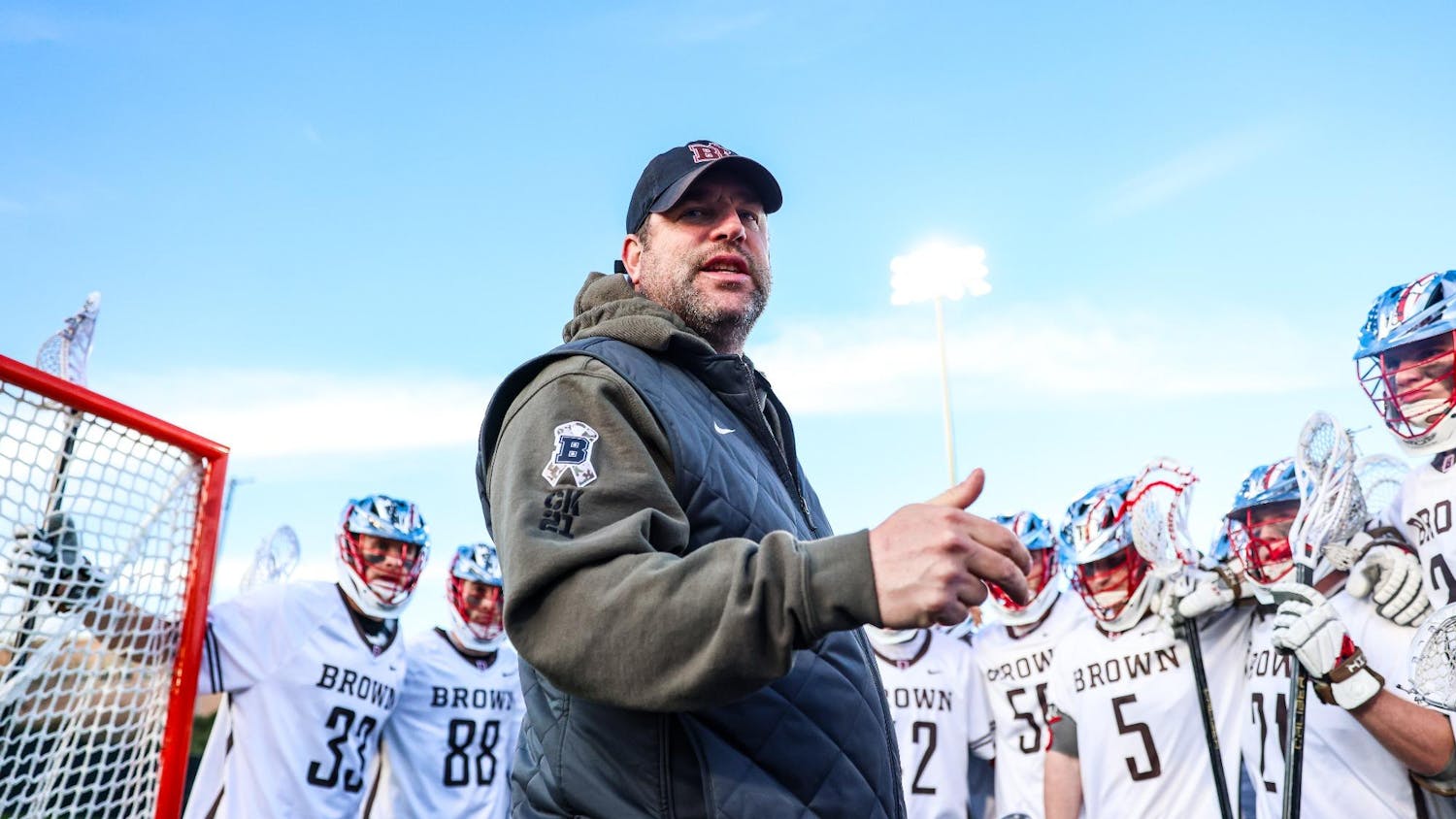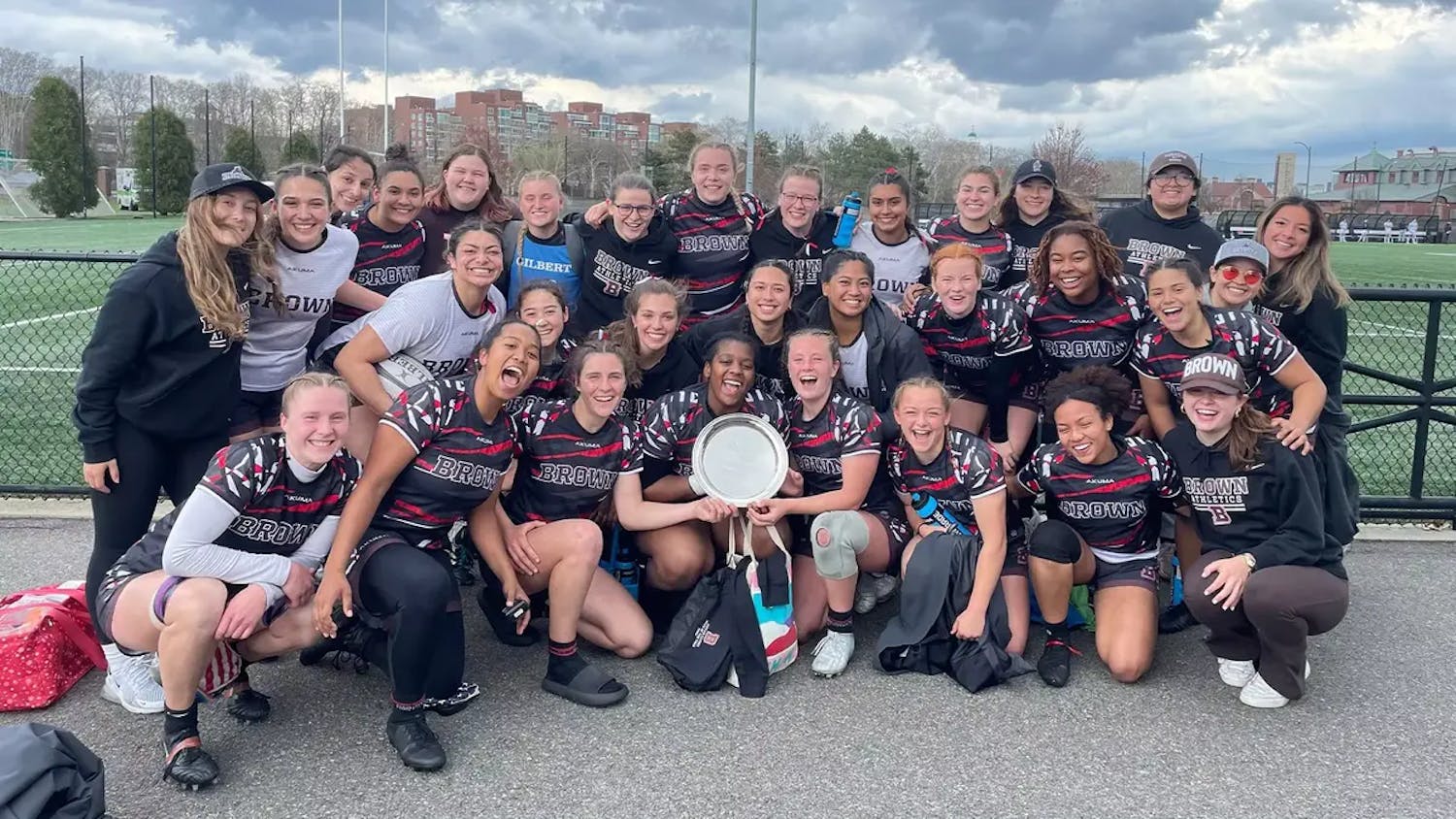The Philadelphia 76ers were in Salt Lake City Feb. 12 to play the Utah Jazz in the NBA’s marquee matchup of the night. (Just kidding, it was actually the Pelicans-Bucks game.) With five minutes left to go in the game, the score was tied at 91. At this point, I was nervously clenching my Jazz beanie and rocking back and forth in my chair. All I wanted was the best possible outcome for my favorite team. Following a series of acrobatic plays by sixth-man extraordinaire Alec Burks, the Jazz pulled away and won the game 105-100. After the final buzzer, I threw my beanie down in disgust and let out a wholly indecorous string of expletives. My team won, and I could not have been more upset.
Those who are unfamiliar with the landscape of the NBA are sure to be confused by my reaction. But even casual followers of the league are sure to be familiar with an NBA buzzword: tanking. Due to a variety of reasons, ranging from the length of the season to the lack of parity in the league, tanking is a phenomenon that is unique to the NBA. Tanking is the strategy of deliberately losing games throughout the season — or in some cases purposely constructing a team that everyone and their mother knows is going to be garbage — in the hopes of finishing with a poor record, thus securing a high pick in the following year’s draft.
The Jazz are one of the teams built for failure this year in an attempt to expedite the rebuilding process. At the end of last season, the organization let four of its top five scorers leave the team without getting so much as a second-round pick in return. To anyone tracking the team’s progress (there are dozens of us — dozens!), these moves signaled that it was in full-blown tank mode.
To be honest, this was something of a tough pill for me to swallow. I had grown up watching a Jazz organization that was one of the most consistent and successful franchises in the league. Every year I knew, no matter the circumstances, that the Jazz would have a solid year, make the playoffs and get bounced in the second round by the Lakers or the Spurs. And I was more than happy with that. But tanking? No way in hell could I accept that. Going into the season I held onto a futile optimism that somehow, some way, the Jazz would be a decent team and sneak into the playoffs. I even made a hefty wager with a friend that the Jazz would have a better season than his favorite squad (a bet I will still win because the Celtics are tanking even harder than the Jazz).
But after the Jazz got off to a 1-14 start to the season, you could not have found a bigger proponent of tanking than yours truly. I wanted the Jazz to lose every game for the rest of the year so we could get one of the better prospects in the most loaded draft class in years.
Unfortunately for me, the Jazz have transformed themselves into a mediocre team since their abysmal start, and in the highly competitive world of the NBA, mediocre is the worst place to be. Basketball, much more so than any of the other five major sports in America, is a sport that can be highly affected by the presence of one dominant player, such as when LeBron James led a team of high schoolers to the 2007 NBA Finals.
The easiest way of finding such a dominant player, especially for small-market teams like the Jazz that don’t attract big-name free agents, is through the draft. While there are a few exceptions to this rule, the highest chances of getting a franchise player come from owning one of the first two or three slots in the draft. But in order to get one of these top slots, you have to be a very bad team. This has encouraged many teams, more this year than ever before, to simply bottom out in the hopes that they land a player like college phenoms Jabari Parker or Andrew Wiggins.
While many front offices view tanking as a viable strategy for building a team, there is no doubt that this strategy waters down the NBA’s product and ruins the games for fans. You can just look at me. In four short months, I have transformed from doe-eyed optimist to calloused tanking zealot. And if you think about it, this transformation is truly a shame. Sports leagues, or any other businesses for that matter, should not incentivize their members to give anything but their best efforts. A system that encourages losing is not a business model built for success.
While tanking should certainly be killed, how can the NBA stop teams from doing it? The league has tried to curtail the practice, implementing a weighted lottery system in 1989 that does not guarantee that the team with the worst record will land the top draft pick. But it is more than obvious that this type of lottery does not discourage tanking. A slight revision to the current system would help solve the league’s problem.
Currently, all 14 teams that don’t make the playoffs are put into a lottery where the one with the worst record is given the highest chance of winning the draft’s top pick and the non-playoff team with the best record is given the lowest chance of winning the number-one pick. If the NBA got rid of the weighted element of the lottery and gave all 14 teams the same shot at getting the top pick, tanking would all but be eliminated. This move would give bad teams the motivation to win and develop their players, making the race for the eighth spot in the playoffs far more interesting.
Regrettably, there are no plans in place to change the current lottery system, so NBA fans everywhere are stuck watching a game where teams compete to lose rather than win. Hopefully the system will be overhauled in the near future, but until then, I will be rooting for my hometown Utah Jazz to continue to lose their games (not more than the Celtics, though) and draft the star of the future who will lead us back to the second round of the playoffs.
Nate Svensson ’14 has a Karl Malone poster in his room. If you can help him find a John Stockton one to match, contact him at christopher_svensson@brown.edu.
ADVERTISEMENT




